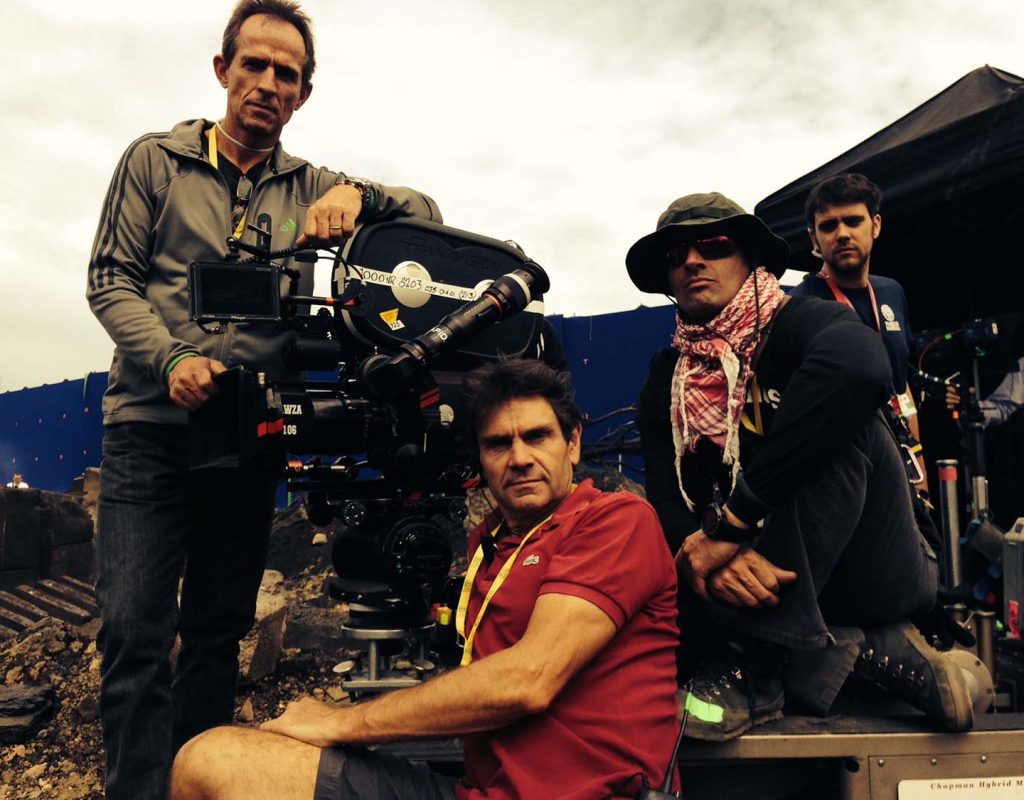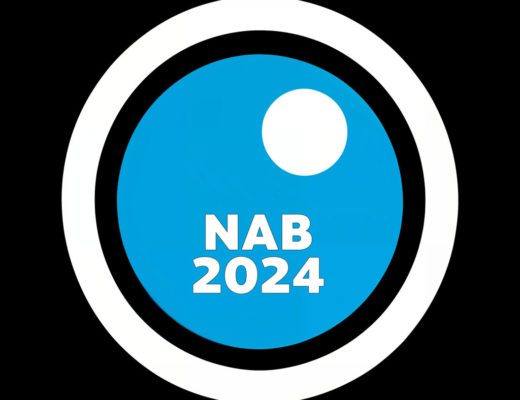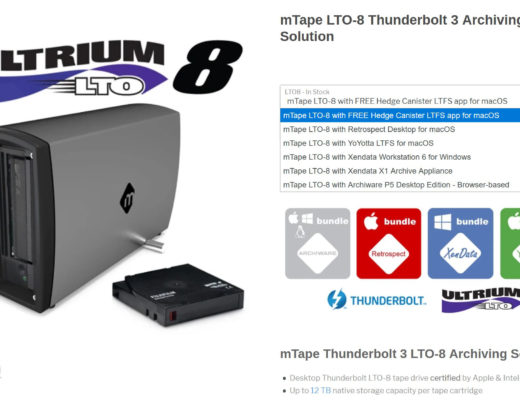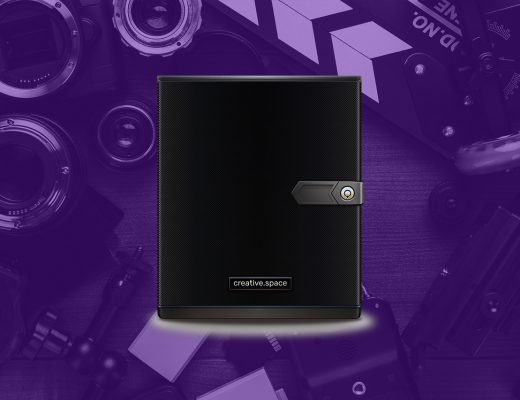Digital asset management (DAM) gives an organization the ability to streamline the editing process by breaking it down into more manageable pieces. At one large media organization, the bedlam caused by a rapid and uncontrolled shift to all-digital shooting was sufficient that it was obliged to create a whole new job function.

- Image via Wikipedia
The shift to digital shooting has increased the amount of content available by orders of magnitude in recent years. Videographers used to spend more time carefully planning out shots, but now, since it doesn’t cost much more to shoot multiple digital takes, they keep shooting and produce much more content that requires sifting through. Some people refer to this as the “crap-to-content” ratio. For feature films, the ratio might be as much as 200-to-1. For commercials, it’s more in the order of 300- or 400-to-1.
Digital asset management (DAM) gives an organization the ability to streamline the editing process by breaking it down into more manageable pieces. At one large media organization, the bedlam caused by a rapid and uncontrolled shift to all-digital shooting was sufficient that it was obliged to create a whole new job function. Part producer, part editor — a preditor — the new employee was tasked with sifting through the reams of raw, unedited video from the camera and separating the wheat from the chaff before editing. By automatically ingesting and analyzing the raw video, the DAM system supplies preditors with all the information they need to do their jobs:
- Visual storyboards composed of keyframes that are generated automatically upon ingest, either at predefined intervals or based on intelligent scene-change detection algorithms, and laid out on a timeline. With this, it is possible to visually preview the entire video in a matter of seconds.
- Automatic speech-to-text translation (with sufficient accuracy to recognize crucial spoken cues), and onscreen optical character recognition for recognizing scene cards. This information is also associated with the timecode and is searchable, providing an efficient way locate points in the video textually.
- A simple cuts-only rough-cut editor, with which the preditor can very easily mark in-points and out-points to establish clips in the raw long-form video content, preview the cuts directly within the DAM, and then generate edit-decision lists (EDLs) in a variety of formats — including Avid and Apple Final Cut Pro. These EDLs can be sent through to the editors directly, so only the relevant video content is even taken into consideration by the professional editors.
Continues @http://digitalcontentproducer.com

Filmtools
Filmmakers go-to destination for pre-production, production & post production equipment!
Shop Now
![Putting an End to Editing Nightmares 6 Reblog this post [with Zemanta]](http://img.zemanta.com/reblog_e.png?x-id=8785f29d-710a-4ecc-8dcf-b4b8746926e1)













